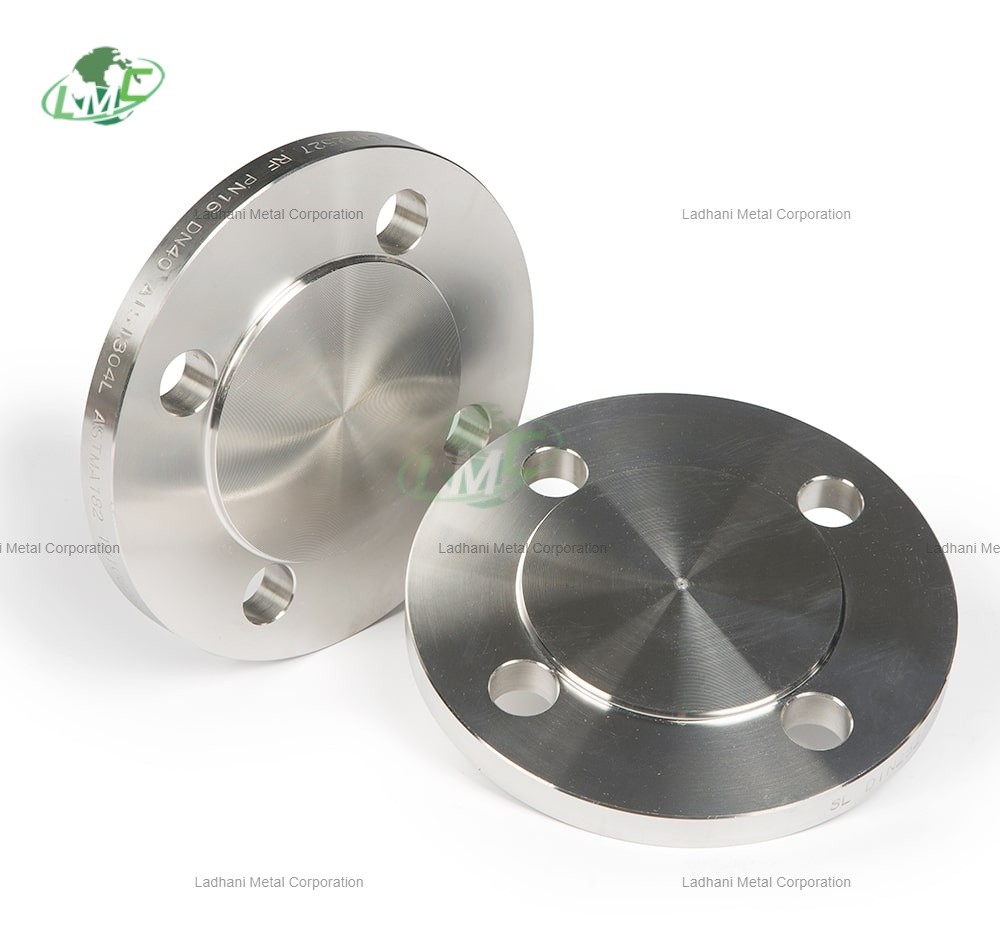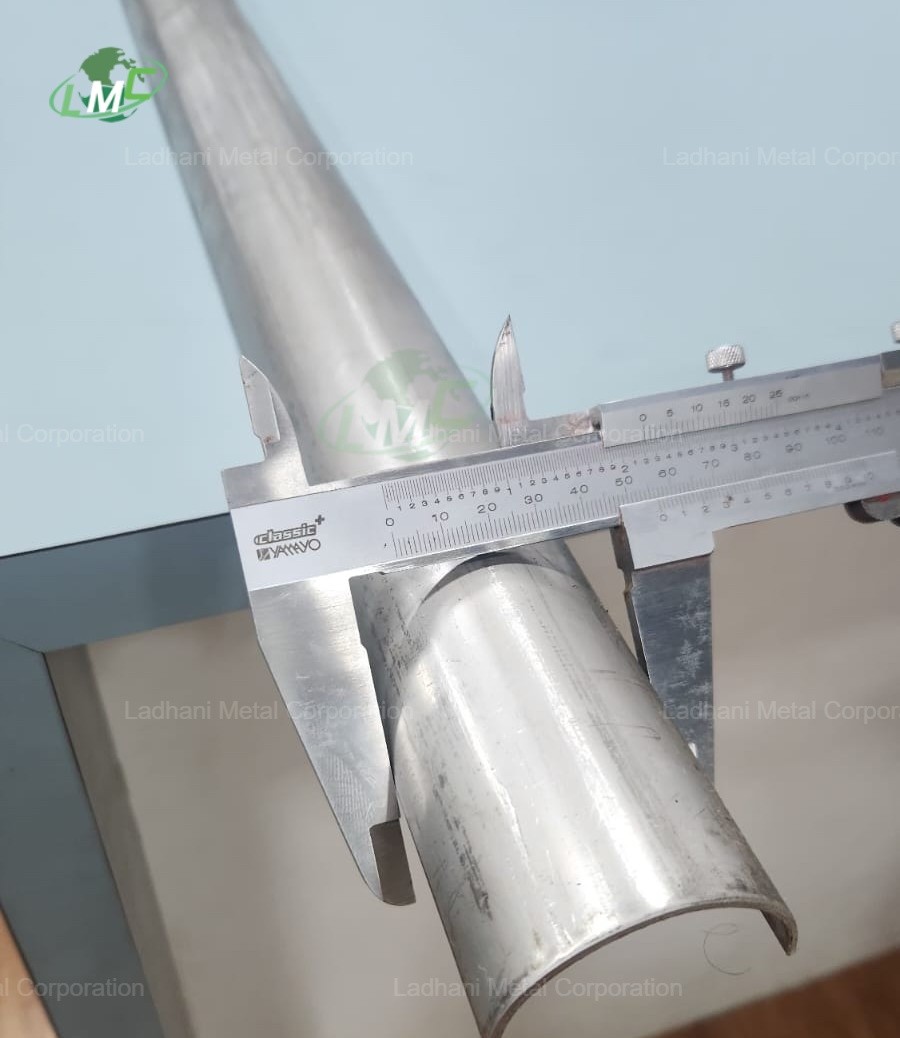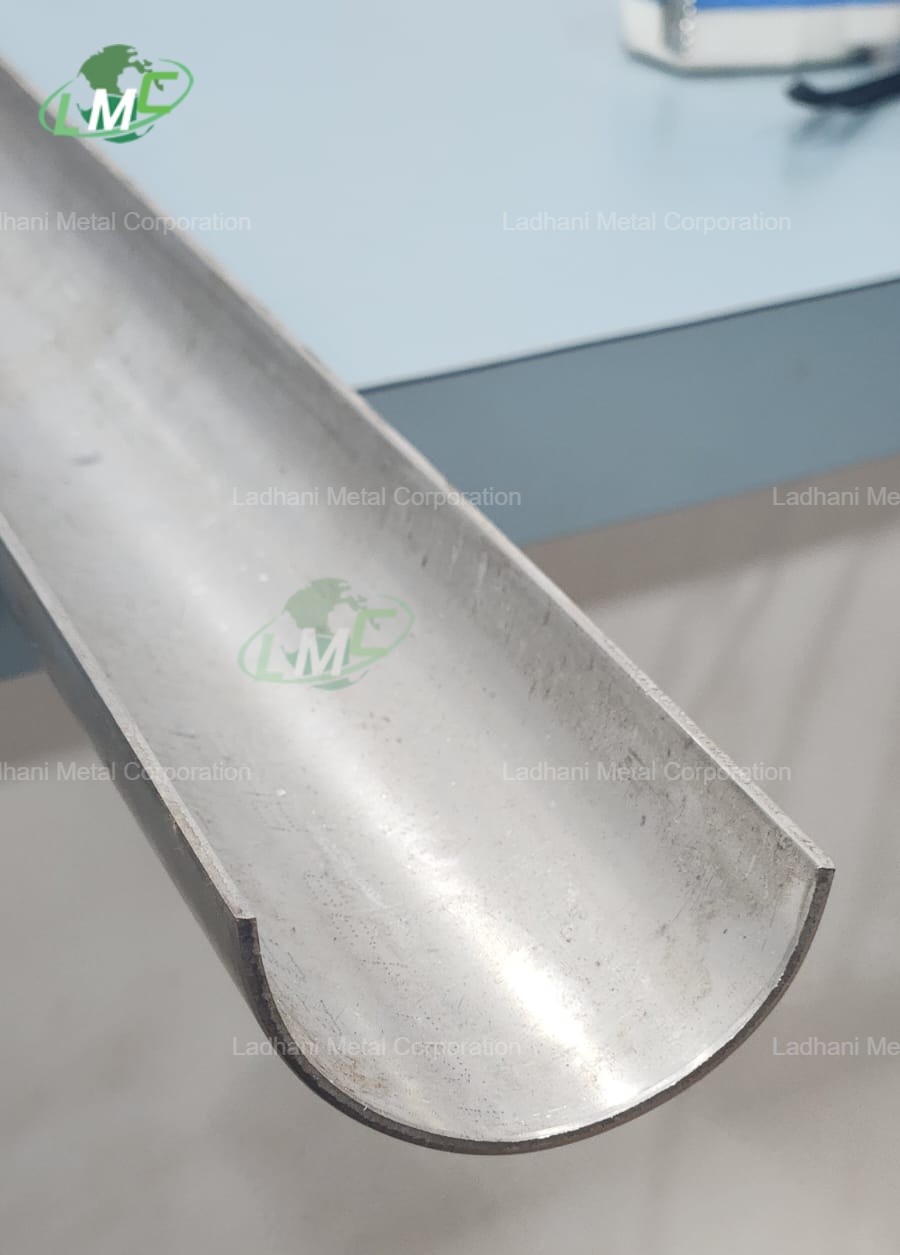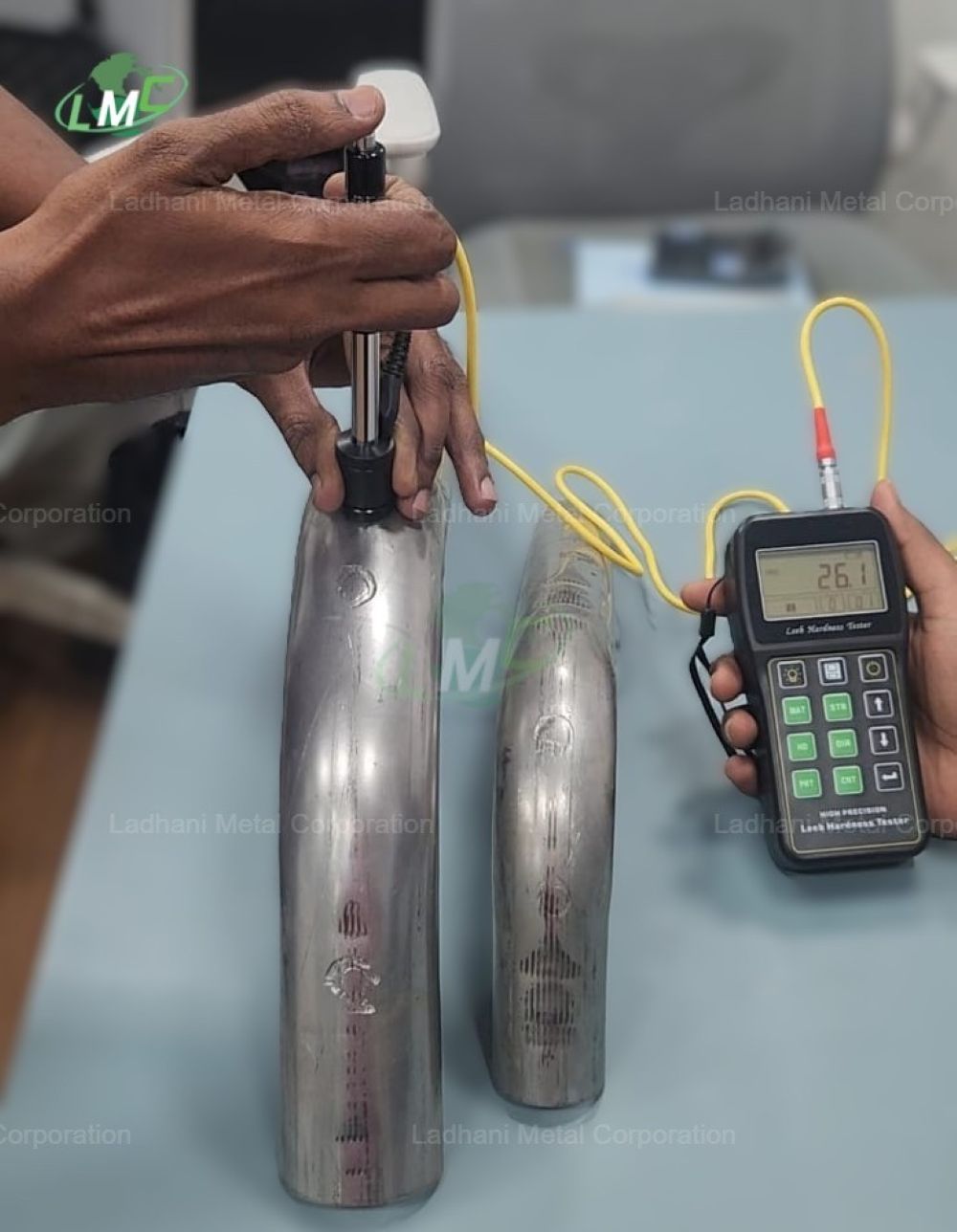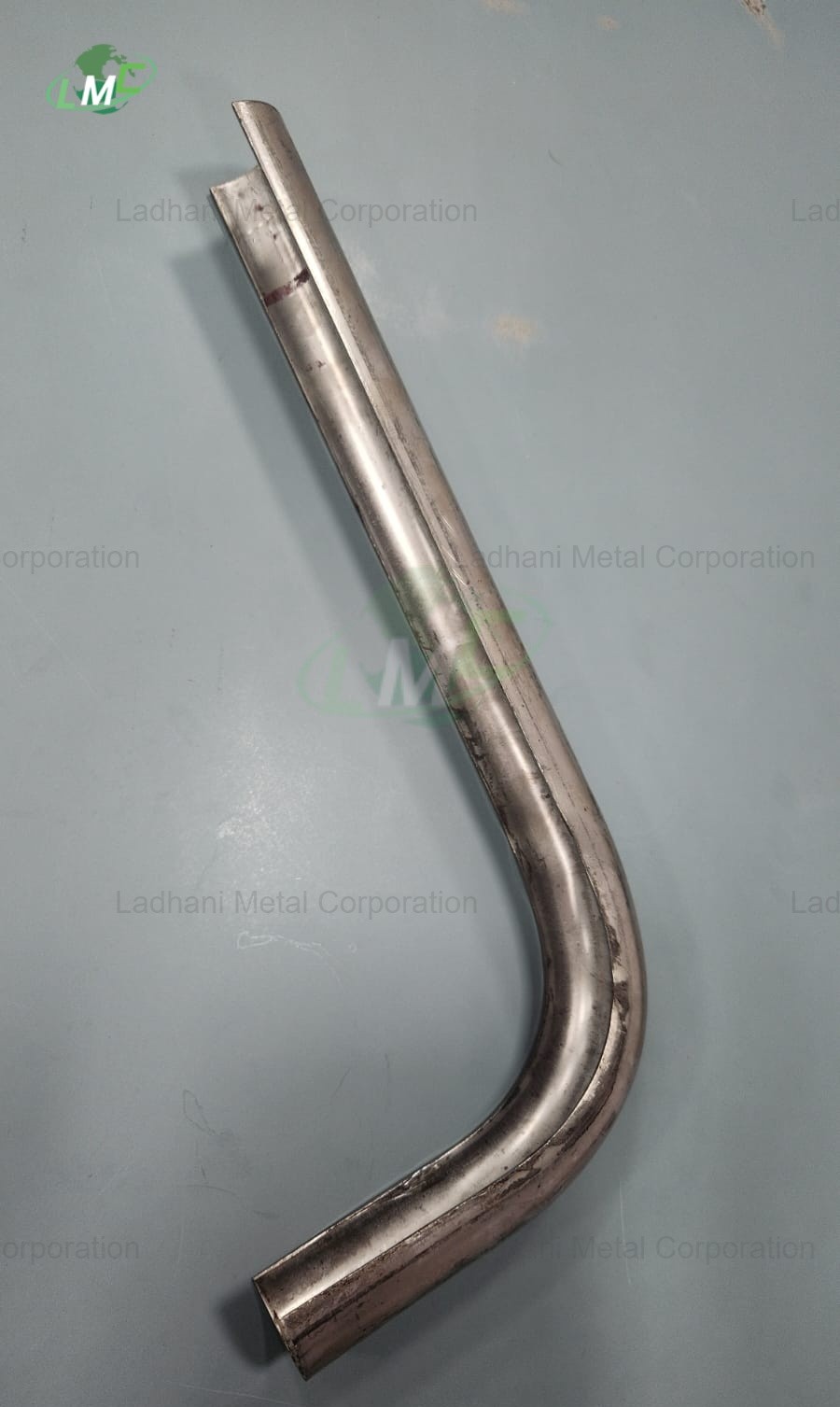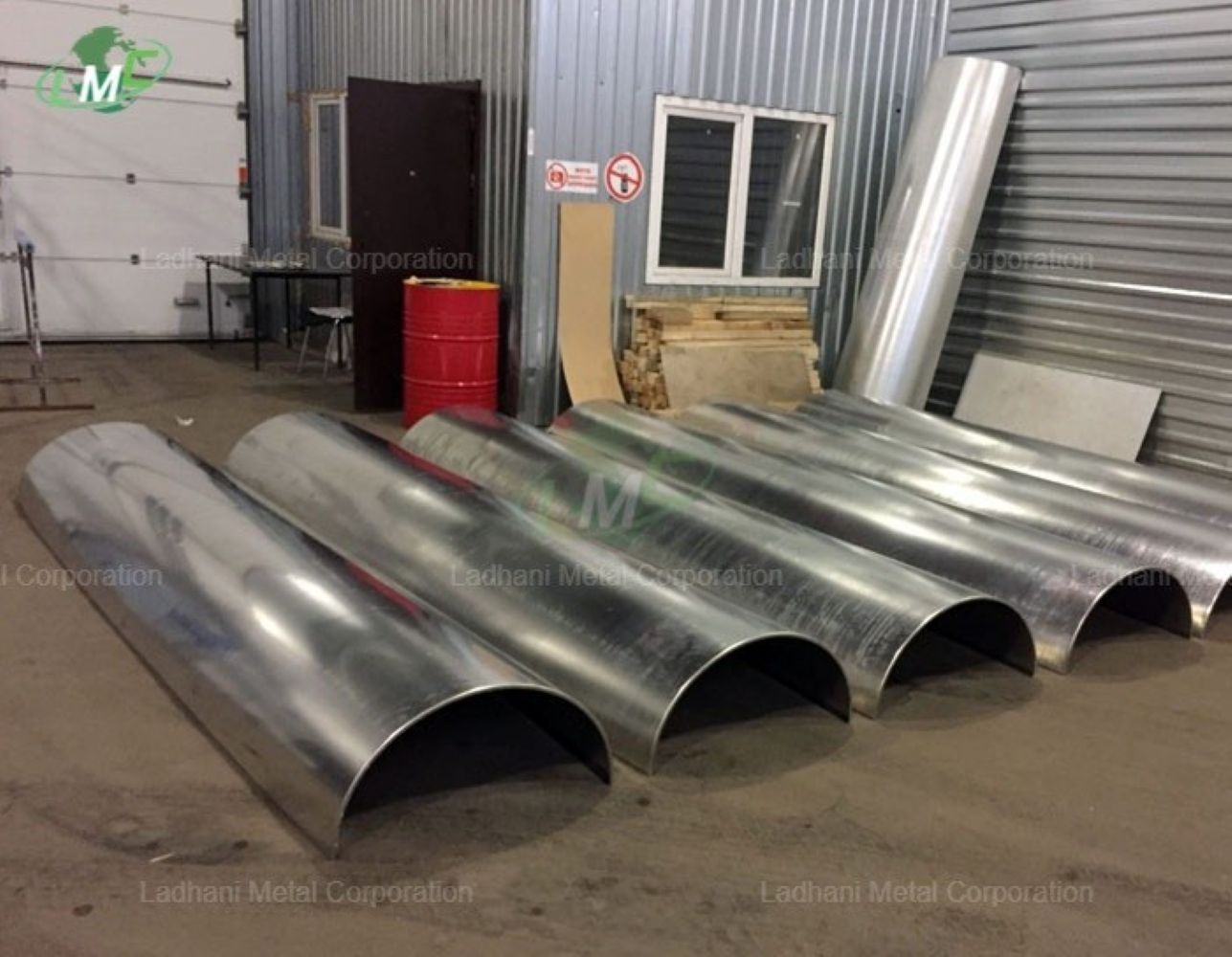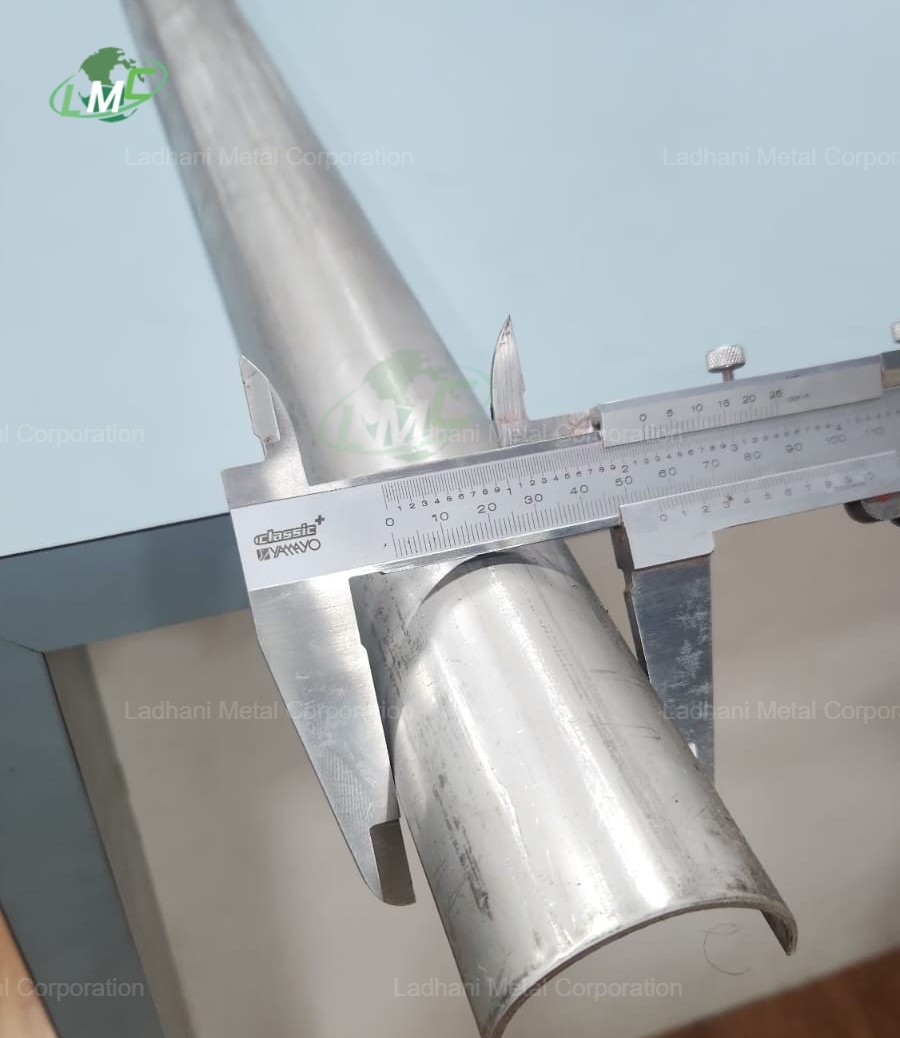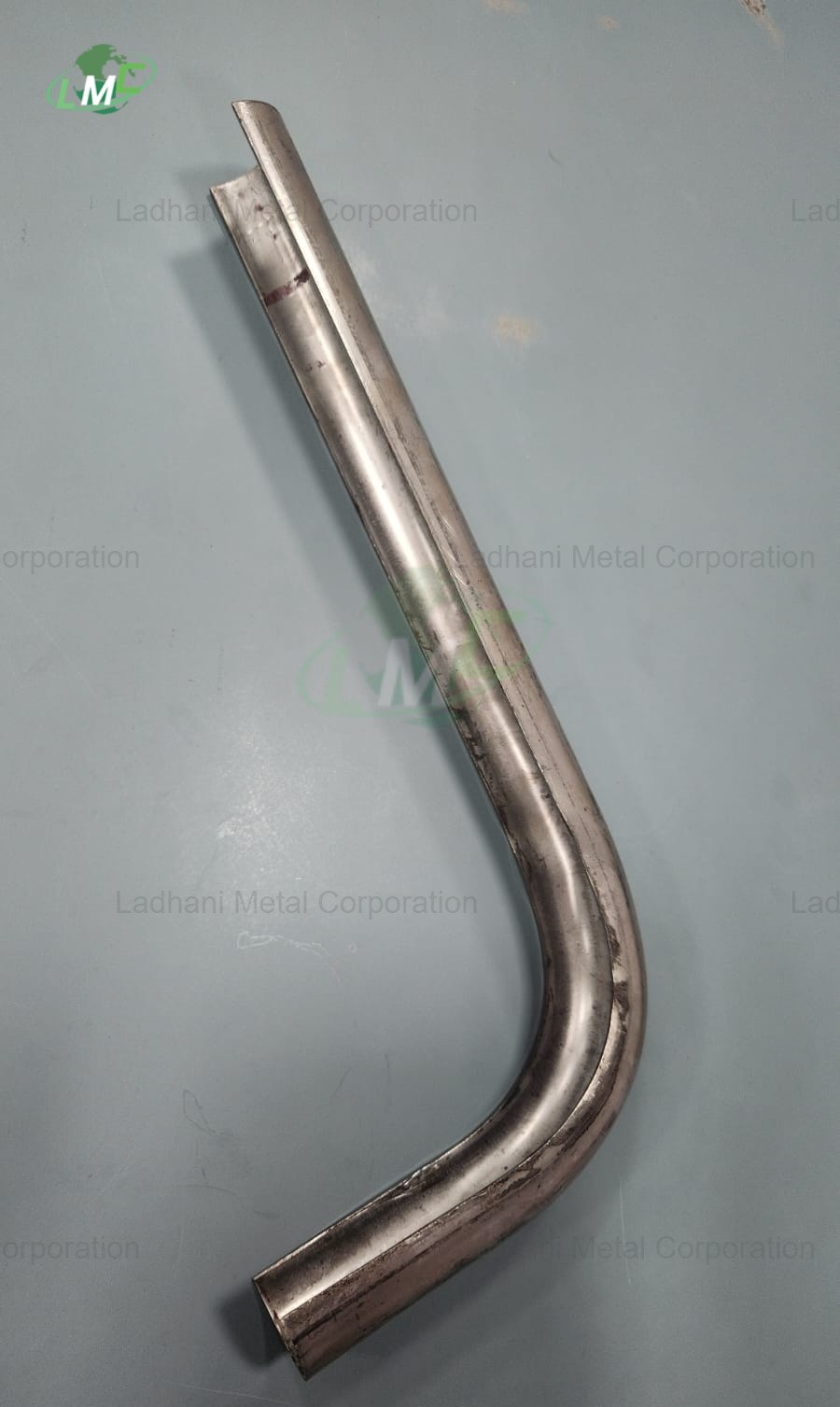A DIN 2527 AISI 4140 blind flange is a specialized type of blind flange made from AISI 4140 alloy steel, adhering to the DIN 2527 German standard. Blind flanges are crucial components in piping systems, used to seal the end of a pipe, vessel, or valve to isolate it or stop the flow of fluids. The AISI 4140 material used for this specific flange is a high-strength alloy steel known for its robustness and excellent mechanical properties, making it ideal for high-stress applications. AISI 4140, a chromium-molybdenum alloy steel, is renowned for its excellent mechanical properties, including high tensile strength, hardness, and resistance to wear. It is often used in heavy-duty applications such as in the automotive, aerospace, and oil & gas industries, where the need for robust materials is crucial. The use of AISI 4140 steel in a DIN 2527 blind flange ensures that the flange can handle high pressures, temperatures, and mechanical stresses without compromising on performance or safety. Material: AISI 4140 Alloy Steel Composition: AISI 4140 is a medium-carbon steel alloy that contains chromium (Cr) and molybdenum (Mo) as its primary alloying elements. These elements improve the steel's hardness, strength, and wear resistance. Key Properties: Strength: High tensile strength and yield strength, making it capable of withstanding high loads and stress in high-pressure applications. Toughness: Offers excellent toughness and impact resistance, making it suitable for challenging environments where forces are dynamic. Hardness: Can be heat-treated to achieve high hardness levels, providing resistance to wear and abrasion. Corrosion Resistance: While AISI 4140 is not as corrosion-resistant as stainless steel, it can still perform well in less corrosive environments with proper surface treatment (e.g., coatings or galvanizing). Design and Dimensions (DIN 2527) Shape: The blind flange is a flat, circular plate with no central hole. Its purpose is to seal the end of a pipe or vessel, effectively "closing" the pipeline or system. Bolt Holes: The flange has evenly spaced bolt holes around the perimeter, allowing it to be bolted securely to the corresponding flange or fitting in the system. These holes align with the bolt pattern of other components. Thickness: The flange thickness varies depending on the size, pressure class, and specific application requirements. It is designed to withstand internal pressure while providing a reliable seal. Pressure Rating: Flanges are typically rated according to pressure classes such as PN 6, PN 10, PN 16, PN 25, etc., indicating the maximum pressure the flange can safely handle without failure. Applications Pipeline Sealing: The primary function of a blind flange is to seal the open end of a pipeline, preventing the passage of fluids, gases, or other materials through the system. System Isolation: Blind flanges are used to isolate a section of the system for maintenance or repairs, allowing for safe disconnection of parts while maintaining system integrity. Pressure Containment: AISI 4140 blind flanges are also used in applications where maintaining pressure within a system is critical. The high strength and durability of AISI 4140 make it suitable for use in high-pressure environments. Types of Blind Flanges in DIN 2527 Raised Face (RF): The flange surface has a small raised area around the bolt circle to improve sealing when mated with a gasket. Flat Face (FF): The flange surface is level with the flange body, typically used with softer gaskets to create a seal. Ring Type Joint (RTJ): The flange may feature a groove to accommodate a metal ring gasket for high-pressure applications, providing a secure, reliable seal.
Send Message
